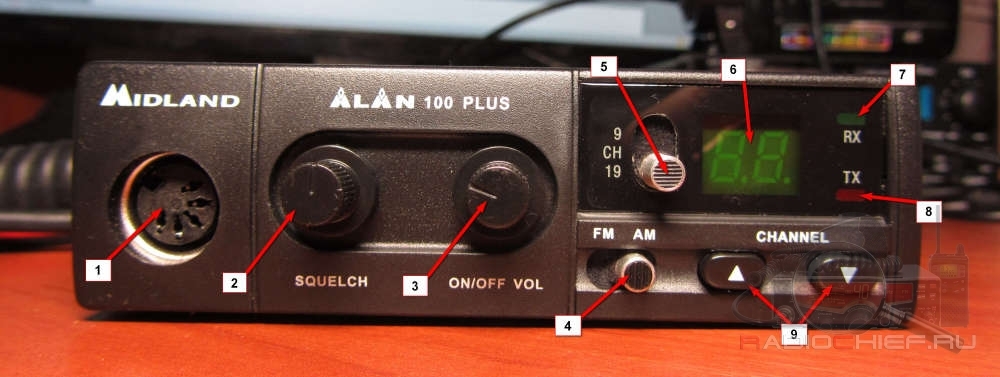Unch Na 6p3s I 6n8s

Main article: Receiving tubes have heaters or filaments intended for direct battery operation, parallel operation off a dedicated winding on a supply transformer, or series string operation on transformer-less sets. High-power are directly heated; the heater voltage must be much smaller than the signal voltage on the grid and is therefore in the 5.25 V range, drawing up to hundreds of amperes from a suitable heater transformer. In some valve part number series, the voltage class of the heater is given in the part number, and a similar valve might be available with several different heater voltage ratings. Tube bases and envelopes [ ]. Main article: Abbreviations used in this list [ ] • ST – Shouldered tube • GT – Glass tube • MT – Miniature tube, such as or • FL – Subminiature all-glass elliptical body and flat bases with long, inline 'flying leads' (pigtails) that are soldered into the circuit • SL – Subminiature all-glass elliptical body and flat bases with short inline leads that can be soldered or can be mated with a special socket.  (Flying leads can be cut short to fit into inline sockets.) • R8 – Subminiature all-glass round body and base with 8 flying leads or stiff pins arranged in a circle Numbering systems [ ] North American systems [ ] RMA system (1942) [ ].
(Flying leads can be cut short to fit into inline sockets.) • R8 – Subminiature all-glass round body and base with 8 flying leads or stiff pins arranged in a circle Numbering systems [ ] North American systems [ ] RMA system (1942) [ ].
Download free 6p3s Se Valve Amplifier mp3. Tube Amp 6p3s Ecc83 Project Five Finger Death Punch.mp3. Tube Amp 6P3S. 6P3S, 6N8S, 6N1P Tubes.
Main article: The system assigned numbers with the base form '1A21', and is therefore also referred to as the '1A21 system'. Main article: RETMA is the acronym for the Radio Electronic Television Manufacturers Association formed in 1953. • The first character group is a number representing the heater voltage rounded to the nearest whole number; 0 indicates a.

• One or two letters assigned to the devices in order of development. • A single numeral that represents the number of active elements in the tube.
Crossing the rubicon raja mohan pdf to word document. The leadership had to drop its commitment to a planned economy, its support of the Nonaligned Movement (tilted toward Moscow), and its tendency to demonize the West. Mohan, a New Delhi-based journalist, has written a well-researched and thoughtful account of the Indian government's reshaping of its policy orientations in the wake of the collapse of the Soviet Union and the end of the Cold War. Mohan sets out to explain how India managed this transformation, with behind-the-scenes description of India's leadership reexamining its policies-which had left India far behind China (and most of the rest of eastern Asia) in terms of both economic growth and geopolitical influence-and adopting a new approach. But just how far India had gone in abandoning old policies and embracing globalization and capitalism became clear only on September 12, 2001, when Prime Minister Atal Bihari Vajpayee offered President Bush India's full political and logistical support in the war on terrorism.